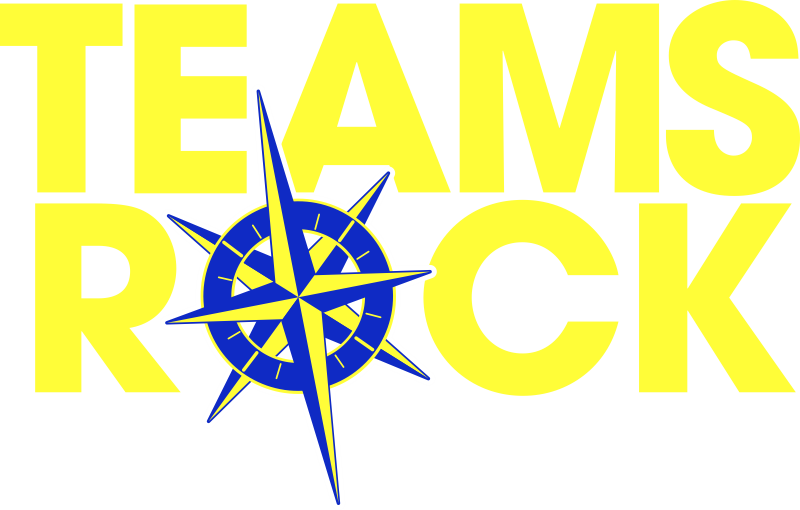A critical leadership development skill
As a team leader, you need to know what’s going on with your team. It helps to understand team members better – their likes and dislikes, what motivates them to come to work, what they consider the best part of their job.
Sitting the team in meetings or holding an occasional teambuilding exercise is fine, as is taking the team for a lunch get-together or a bowling night once in a while. Those take time to organize, however.
A faster way to take the pulse of your work team, and a critical leadership development skill, is to get up and walk around the work area. You’ve probably heard of the acronym used to describe this activity: MBWA, or Management By Walking Around. Some may refer to it sarcastically as “Management By Wandering Aimlessly.” Yet as J.R.R. Tolkien writes in “The Lord of the Rings” trilogy of books, “Not all those who wander are lost.” MBWA is walking around with a purpose.
 Keep in mind that that purpose is NOT to micromanage employees. You’re out there to observe the team in an unstructured manner. To engage employees in casual conversation, with less talk about the task they’re working on.
Keep in mind that that purpose is NOT to micromanage employees. You’re out there to observe the team in an unstructured manner. To engage employees in casual conversation, with less talk about the task they’re working on.
Team leaders can learn quite a bit about each team member in this way.
Again, make sure your walks are routine and don’t cause undue stress to the team. Anyone who’s seen the 1990s movie “Office Space” remembers the odious boss, Bill Lumbergh, who rarely walks the floor unless it’s to wander “casually” over to an employee’s cubicle, lean against the partition in a chummy way, and then ask the employee to stay late and work through the weekend, too. Or take their favorite red stapler.
The walk – whether it’s the first thing in the morning as you get coffee, or during the midafternoon lull – is a way for the team leader to be vulnerable, as well. A team member may tell you about their child’s first steps, or their new puppy. You might learn their spouse’s name, or where they like to go on vacation. In turn, you can share some of your personal life with them. Your favorite vacation spot. Comparing great restaurants in the area. Talking about sports.
The side effect of this kind of casual chatter is that you become more aware of your team’s individual hobbies and even what their day is like. Team members will feel more comfortable about mentioning issues that affect their assignments, such as trouble getting data from another department, or a particularly knotty programming problem. When they do share these issues, make sure the team members know that you’re there to help them, and will do everything you can to resolve the problem.
Take a walk around the team workspace and build a deeper awareness of the individuals on the team, the overall team culture. It’s a ten-minute stroll that can boost your team’s success.
 Excerpted from One Team, One Dream by Gregg Gregory
Excerpted from One Team, One Dream by Gregg Gregory
For more information, get your copy of Gregg’s book, One Team, One Dream today! Available in both print and electronic versions!
Bring Gregg to you!
Featured seminar – Synchronize Your Team


Leave A Comment